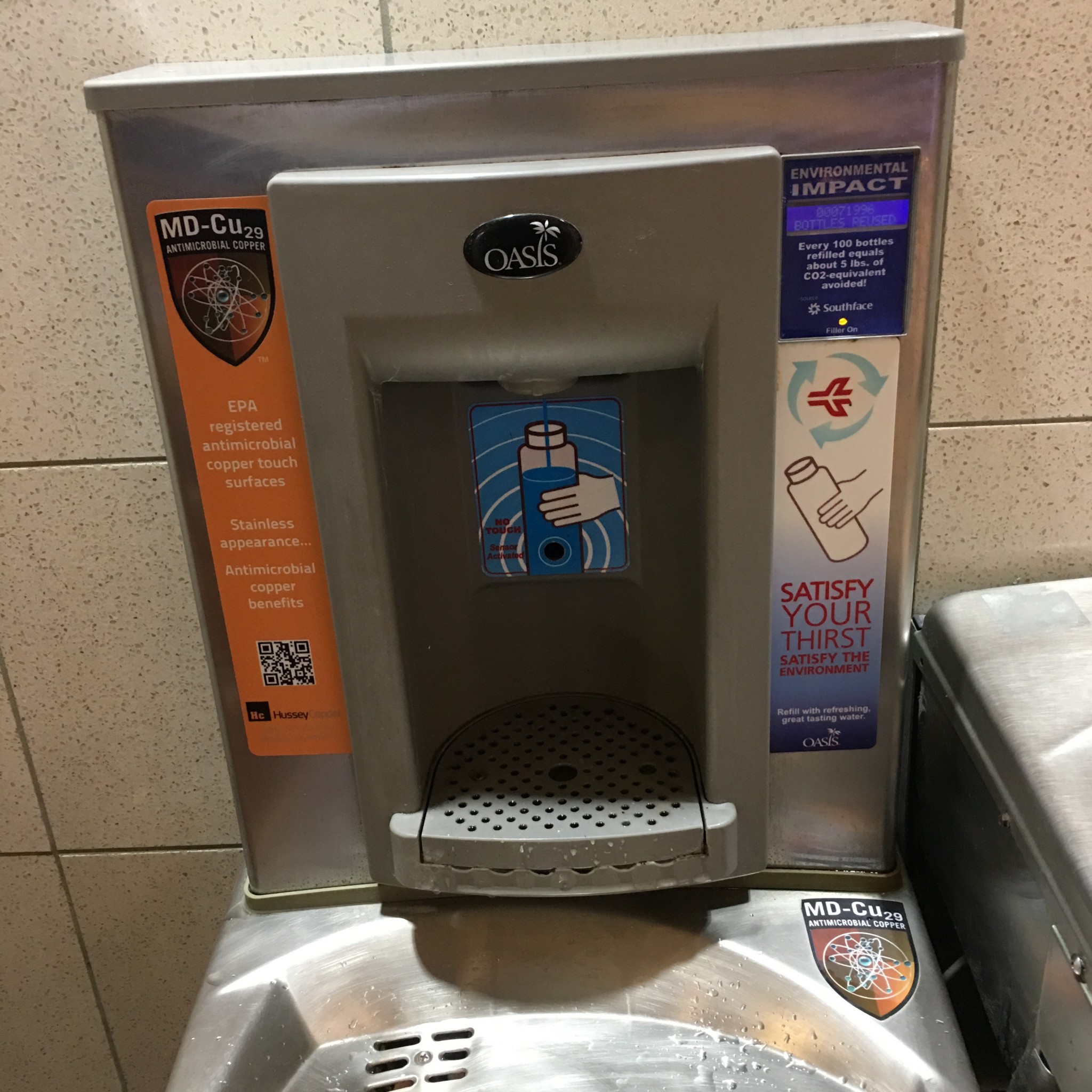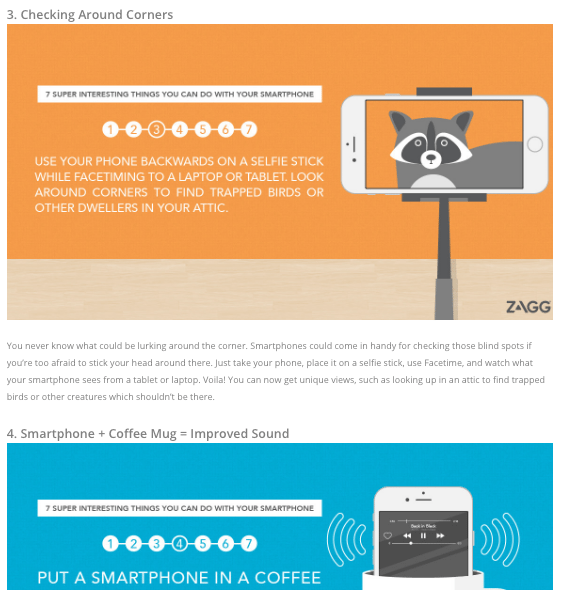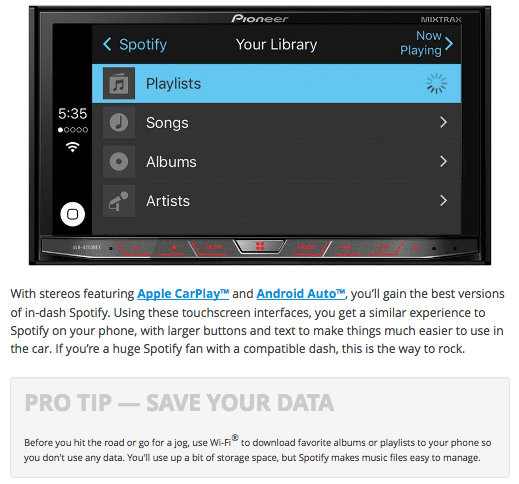The ideal customer — one who makes regular purchases over time — wants more than just good prices and an attractive return policy. The ideal customer wants a positive experience overall with the company. That’s why supporting content, like video and blogs, is so important.
Earlier this year I wrote about using a blog, based primarily on the products you sell, to build loyalty and increase conversions. Supporting content, though, should go beyond what’s being promoted. It can also include related stories, video, and reports about topics in which your target audience is interested.
For example, a company that sells environmentally safe reusable food and drink containers may want to talk about airports that are equipped with free water-bottle filling stations. The stations help reduce waste and address the security ban on liquids. Many of today’s airports feature many compelling features to talk about, including modern decor and design, tech-friendly setups, and interesting shopping.
By incorporating content that the largest number of people can relate to (just about everyone travels at one point or another) you can boost readership across the web and provide valuable insight to existing shoppers.

Many businesses could benefit by talking about something as simple as free water refills at airports. Showcasing things your target audience can relate to provides a real service and helps build your authority on certain topics.
The ultimate goal is to become a reputable resource on specific topics — more than just a place to shop. Zagg.com, for example, sells screen protectors and accessories for mobile devices. The Zagg Blog addresses the company’s products, but it also features a few interesting posts about different things you can do with those devices.

By posting interesting things one can do with his smartphone, Zagg.com becomes more than just a place to buy accessories for mobile devices.
Crutchfield sells everything audio for the home, car, business, and on the go. The website’s “Learn” section is filled with all types of educational blog posts.
Even posts that are designed to sell specific products provide helpful tips about using technology to get things done. A post about getting more out of Spotify hypes products that Crutchfield sells. But it also includes must-know info, like how to make sure you’re not exhausting your data plan while using the app.

Crutchfield integrates professional tips into many blog posts. The tips are often geared toward using apps, services, and devices from other companies.
Stridekick (formerly Matchup.io) lets people all over the world participate in stepping challenges and journeys, regardless of the type of fitness tracker used. Its blog covers many topics that are important to people at all levels of fitness. The company knows that most people who wear a fitness tracker pay more attention to what they eat, and many of them like to listen to music while walking, running, or hiking.

Sidekick’s blog covers many topics important to those who walk, hike or run.
While the key is to present all content in a consistent voice, don’t ignore the best: content generated by your own customers. Pay attention to reviews, feedback, and online comments about your company and the products you sell. This will serve as a guide of what you should be presenting.
And it doesn’t stop there. When asked, shoppers will not only tell you what they want to read or watch, many will generate it for you, expecting little in return.
How do you safely balance content designed to sell with posts, photos, or video about things that are merely interesting to your audience? For a blog, follow the informal rules of running a Facebook page — alternating between selling posts, interest posts, and sharing other’s content. You can also incorporate “Did You Know?” news snippets or video on landing pages, category listings, and products.
To determine how specific content is working, be sure to study analytics not only for visits, bounces, and exit rates, but also where the shopper went next, and if she returned to make a purchase.
It takes time to build both authority and loyalty. Supporting content will rarely produce overnight successes. But it can definitely set you up for long-term support from your ideal audience.





